Steps to clean up a full C drive on the computer
Apr. 03, 2024 / Updated by Seraphina to Windows 10
When the C drive on a computer is running out of space, it not only affects the normal operation of the system but may also lead to issues like failed software installations and inability to perform system updates. Facing this common issue of a full C drive, how can you clean it up? Which files on the C drive can be safely deleted? Below, we will detail which files and directories on the C drive can be safely deleted or cleaned up, helping you effectively free up space on the C drive and maintain the healthy operation of the system.
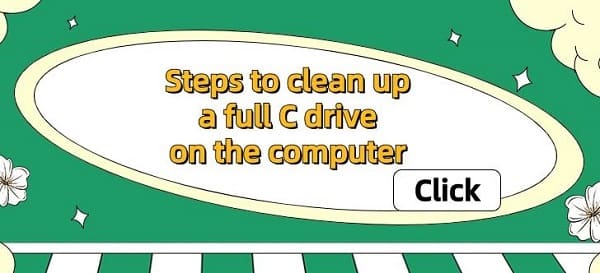
1. Strategies and Principles for Cleaning Up the C Drive:
(1). Establish a cleaning schedule:
Regularly clean up the C drive, such as once a month, to avoid accumulating too many useless files over a long period, leading to space constraints.
(2). Safety first:
When cleaning up C drive files, be cautious to avoid accidentally deleting important system files, which could cause system failures. Use system built-in tools or reputable third-party cleanup software and follow their instructions for cleaning.
(3). Data backup:
Before conducting large-scale cleanup or making changes to system settings, backup important data as a precaution.
(4). Categorize and process:
Clean up based on file types and sources to improve efficiency.
2. Files and Directories on the C Drive That Can Be Deleted or Cleaned Up:
1). System temporary files and caches:
① Temp folders:
"C:\Windows\Temp" and "C:\Users<Username>\AppData\Local\Temp" store temporary files generated by the system and applications, which can be safely deleted.
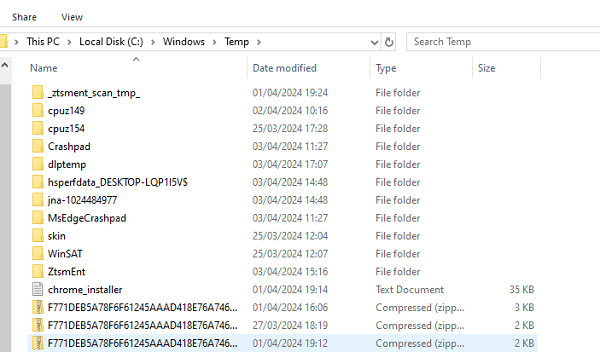
② System restore points:
Adjust the space occupied by restore points or delete unnecessary restore points through "System Properties" > "System Protection" > "Configure" to free up space.
③ Internet Explorer/Edge cache:
Clear browsing history and temporary internet files in "Internet Options" or "Settings".
2). System update files:
① Windows Update cleanup:
Use "Settings" > "Update & Security" > "Windows Update" > "Advanced options" > "Clean up update files" to delete unnecessary update packages.
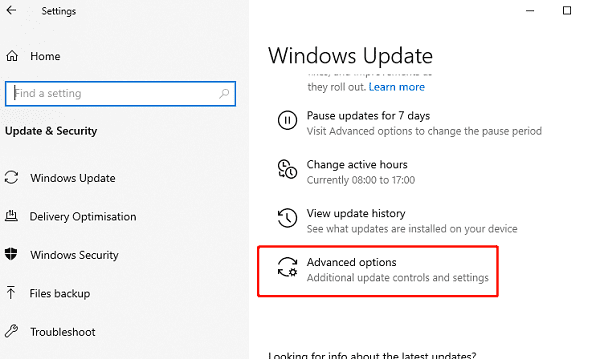
② Service stack updates:
Similarly, under the above path, you can delete old service stack updates to save space.
3). System restore files:
System protection settings:
In "System Properties" > "System Protection", you can adjust the space occupied by system restore points on the C drive or turn off system restore function to release all space occupied by restore points.
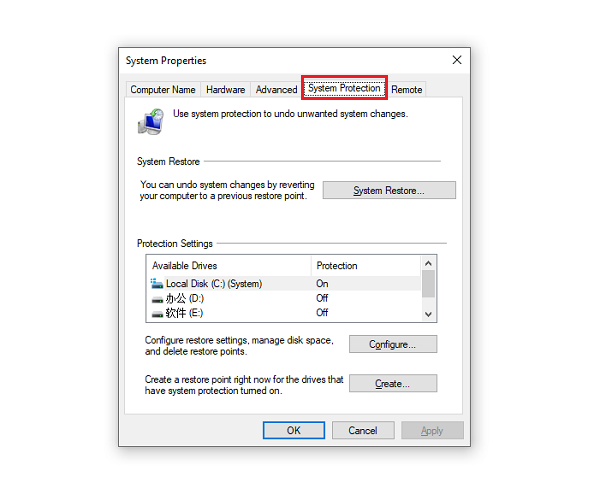
4). Hibernate files:
hiberfil.sys:
If you don't use the hibernation feature, you can run the command prompt (as administrator) and enter the command "powercfg /h off" to disable hibernation and delete the hibernate file.
5). Driver backups:
DriverStore:
Located at "C:\Windows\System32\DriverStore", it stores old or backup drivers. Use "Device Manager" or "Driver Talent" software to safely remove redundant driver backups and clean up C drive space.
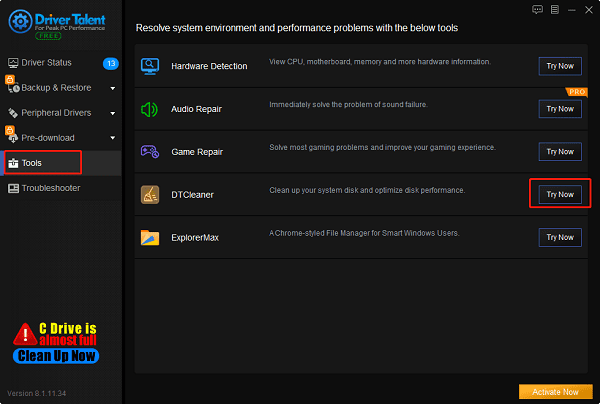
6). Previous Windows installations:
Windows.old:
The previous version of Windows folder left behind after a system upgrade, occupying a large amount of space. Use the "Disk Cleanup" tool and select "Previous Windows installations" to clean up.
7). Unused installation programs and patches:
① Program Files and Program Files (x86):
Check if there are residual files or directories of uninstalled programs in these two directories, and manually delete them.
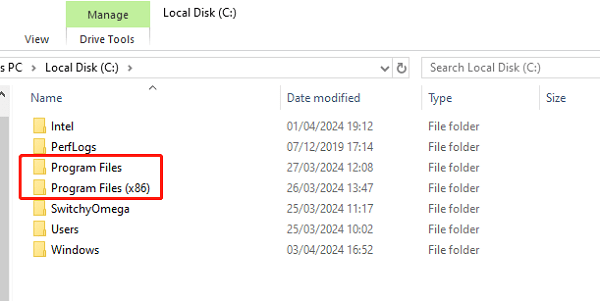
② Windows Installer cache:
Located at "C:\Windows\Installer", it stores the cache of MSI installation programs. Non-professionals should be cautious, and invalid entries can be cleaned up using third-party cleanup tools.
8). User personal files:
① Downloads folder:
Check if there are large files no longer needed in "C:\Users<Username>\Downloads" and clean up in a timely manner.
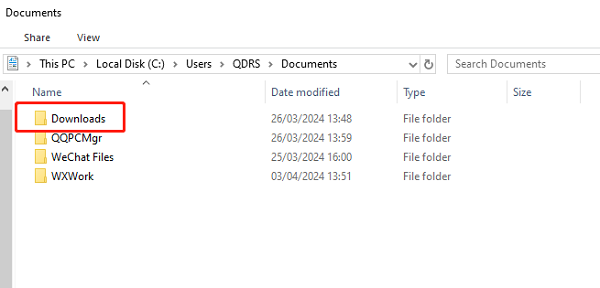
② Recycle Bin:
Empty the Recycle Bin to release occupied space.
9). Third-party application caches and logs:
User application data:
Located at "C:\Users<Username>\AppData (default is hidden)", the "Local", "LocalLow", and "Roaming" directories may contain caches, logs, and other temporary data of applications. Depending on the specific application, some files can be safely deleted.
The above are the steps for cleaning up when the C drive of your computer is full. Hope this helps. If you encounter driver-related issues with network cards, graphics cards, Bluetooth, sound cards, etc., you can use "Driver Talent" to detect and repair them. Meanwhile, Driver Talent supports driver download, installation, backup, etc., providing flexible driver management.
See also:
How to Open Task Manager on Computer
How to download Brother printer drivers
Twelve ways to fix no sound on computer
Computer Win key unresponsive, how to solve
Is it essential to update computer drivers

|
ExplorerMax |

|
Driver Talent for Network Card | |
| Smart and advanced file explorer tool for Windows platforms | Download & Install Network Drivers without Internet Connection | |||
| 30-day Free Trial | Free Download |








